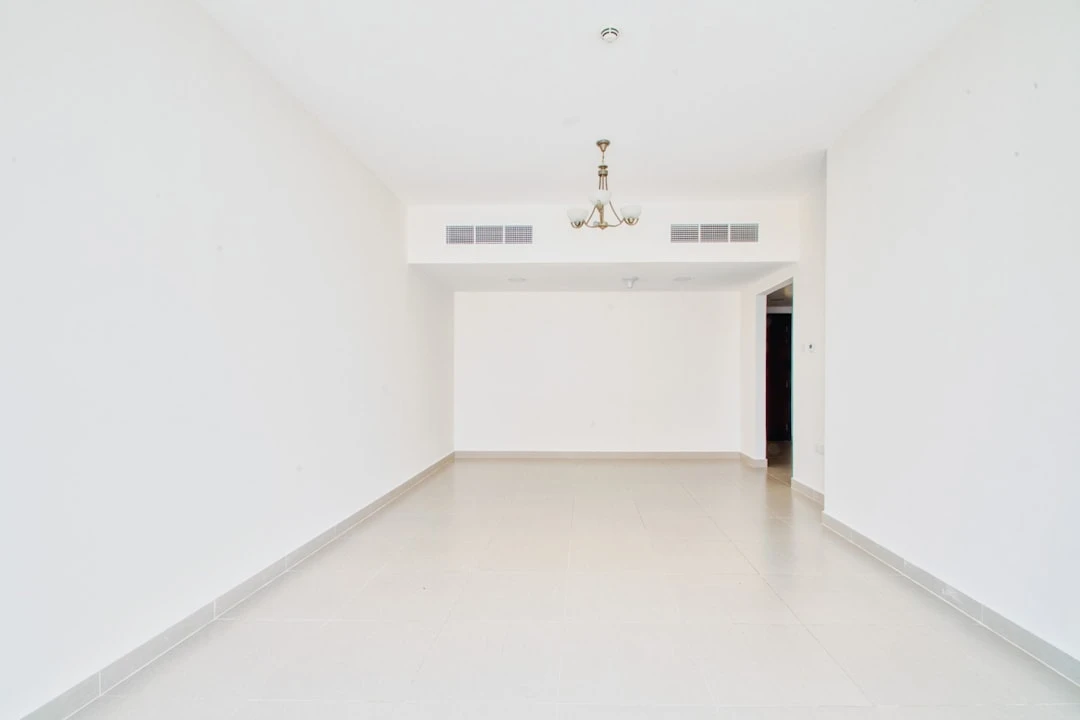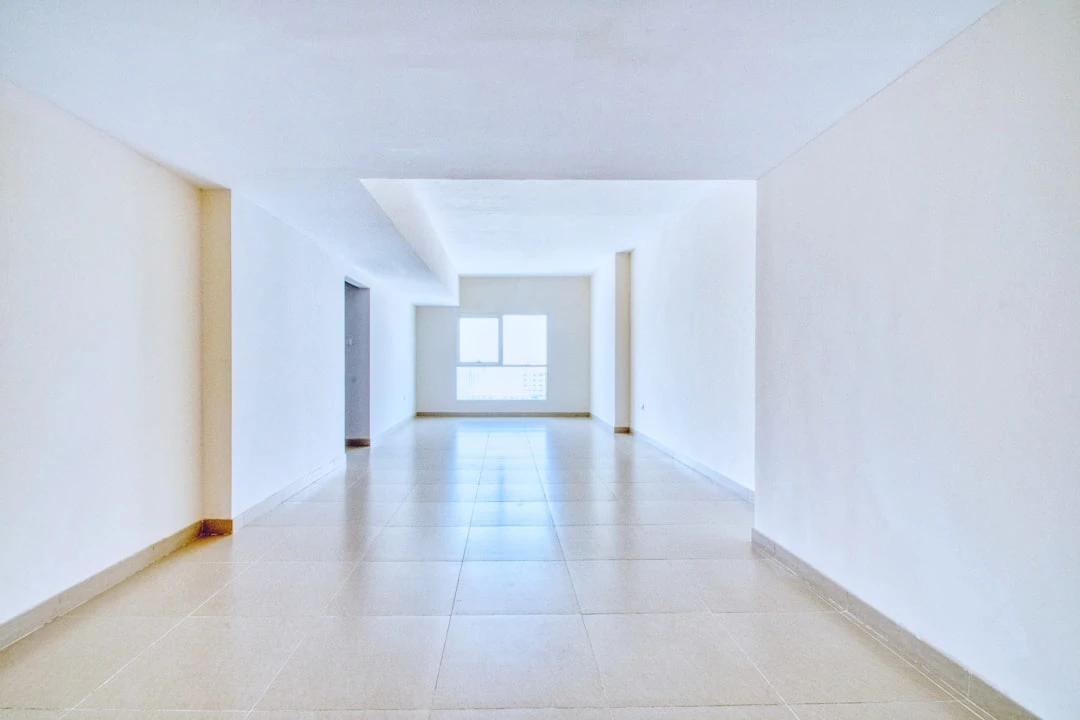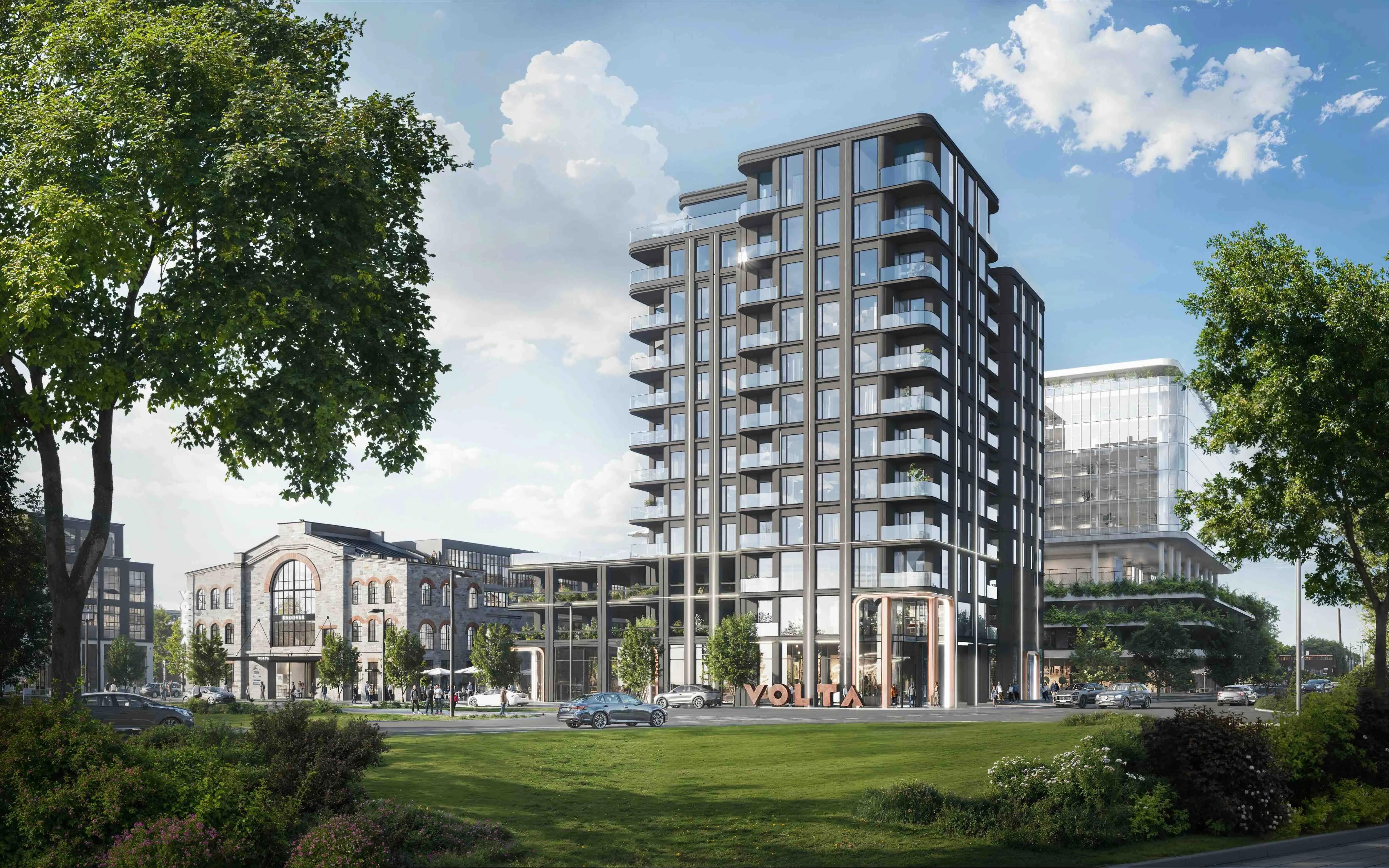Removing Partition Walls in an Apartment Building

Have you considered creating an open layout in your apartment or rearranging rooms? Removing partition walls is one of the most common ways to change a flat's spatial solution, but this process involves several important nuances that must be considered by both apartment owners, tenants, and apartment associations. Let's take a closer look at how to identify non-load-bearing walls, what safety rules to follow, and how to properly plan the entire process.
How to identify a non-load-bearing wall?
Before starting demolition work, it is critical to determine whether you are dealing with a non-load-bearing or load-bearing wall. According to the Building Act § 23 (2025), a non-load-bearing wall is considered a structure that is not part of the building's load-bearing structure and meets the criteria of EKR 5:2021. Non-load-bearing walls are typically:
Thinner than 150 mm
Built on a lightweight concrete or drywall base
Not directly connected to the ceiling or main structure
Imagine that non-load-bearing walls are like dividers between bookshelves – they help create structure, but they are not essential for the shelf to stand.
To identify a non-load-bearing wall, you can use the following methods:
Checking technical documentation - The building construction project usually indicates which walls are load-bearing and which are not. You can request documentation from the apartment association or the city's building supervision office. This is the most reliable method and prevents future problems.
Involving a specialist - A structural engineer can assess the nature of the wall using ultrasonic measurements (according to EVS-EN 12504-4 standard) or visual inspection. A professional can also detect hidden structures that an ordinary person might not notice.
Performing a tap test - A hollow sound typically indicates a non-load-bearing wall, although this method is not 100% reliable. It's like tapping a tree trunk – a hollow tree sounds different from a solid one.
Safety requirements for demolition
Even demolishing a non-load-bearing wall requires following certain safety measures. According to the Occupational Safety and Health Act § 15, the following is necessary:
Conduct a risk analysis before starting work
Check the location of electrical wires and water pipes in the wall
Ensure dust control (for example, by using moisture or a dust vacuum)
Wear appropriate personal protective equipment (respirator, safety glasses, gloves)
Dust control in an apartment is particularly important, as demolition dust can contain allergens and harmful particles that may spread throughout the apartment building. To prevent dust spread, you should consider installing temporary plastic barriers to protect other rooms.

EKR 11:2021 standards ("Demolition Work") prohibit demolishing a non-load-bearing wall without installing temporary support if the wall is connected to load-bearing structures. This is important for maintaining structural stability – comparable to how support structures are built on hillsides before major excavation work.
Permits and notification process
Demolishing a non-load-bearing wall typically requires less bureaucracy than removing a load-bearing wall, but certain steps are still necessary:
Notifying the apartment association - According to the Apartment Ownership Act § 12, you must notify the apartment association of planned modifications, even if it is a non-load-bearing wall. You must submit a written notice to the association describing the planned work, its scope, and timeline.
Notifying building supervision - According to the Building Act § 23(3), a notification to the building supervision office is usually sufficient for demolishing a non-load-bearing wall, rather than applying for a separate permit. The notification should include a description of the work and the owner's contact details.
Cultural heritage protection permit - If the building is a cultural monument or located in a heritage protection area, an additional permit is required from the Heritage Protection Board. In heritage protection areas, specific requirements may apply even to non-load-bearing interior walls.
According to Statistics Estonia, in 2024, 28% of apartment building renovation projects included modifications to non-load-bearing partition walls, indicating that this is a common renovation method. This trend reflects a preference for more open floor plans in modern living spaces.
Work planning and budgeting
When planning partition wall demolition, consider the following:
Timeline: On average, the entire process (from notifications to completion) takes 10-14 days, with 5 working days potentially needed to obtain the association's consent. Especially in large apartment buildings where the association board meets less frequently, it is advisable to start applying for permits at least a month before planned work begins.
Budget: The cost of demolishing a non-load-bearing wall typically ranges from 500-2000 euros, depending on the wall's size and complexity. It is advisable to budget an additional 15% for unforeseen expenses (for example, to address hidden plumbing or wiring issues). Often surprises can hide in walls that only emerge during demolition work.
Considering the maintenance fund: It is important to understand that the maintenance fund does not cover individual apartment renovations but is intended for the maintenance of the building's common areas. Therefore, the cost of partition wall demolition must be covered by the apartment owner themselves.
What to consider for different apartment types?
In different regions and apartment buildings of different ages, partition wall types and the demolition process may vary. For example, in Tallinn apartments, requirements may differ between Soviet-era panel buildings and new developments.
In panel buildings, it is important to know that seemingly non-load-bearing walls may still play a certain structural role, especially in ensuring building rigidity. In Soviet-era buildings, asbestos-containing materials were often used, which require special caution and professional handling during demolition.
In new developments, partition wall demolition is typically easier because non-load-bearing walls are clearly distinguishable and built with modern materials like drywall. Nevertheless, you should familiarize yourself with the building's technical documentation before starting work.
According to a 2024 Kredex survey, 41% of renovation initiators reported delays in permit applications due to waiting for apartment association consent. Therefore, it is recommended to start applying for permits in advance and maintain active communication with the association. Involve the association's board early in your plans, explain the scope of the work, and how you plan to minimize inconvenience to neighbors.
Impact on apartment value
Partition wall demolition can significantly affect apartment value. Open plan apartments are currently valued higher according to market expectations, especially among younger buyers. For example, removing a partition wall between the kitchen and living room can create a modern multifunctional space that increases the apartment's appeal.
However, it is important to note that partition wall demolition must be done professionally and in accordance with building regulations for it to truly increase apartment value. Poorly executed work, visible defects, or technical problems can actually decrease apartment value.
You should also consider future buyers' needs – some buyers still prefer separate rooms, especially if the apartment houses a larger family. A flexible solution could also be using lighter sliding doors or glass partition walls that allow the space to be opened or closed as needed.
Conclusion
Demolishing a non-load-bearing partition wall in an apartment building is a completely feasible project that can significantly improve your living environment and apartment value. It is important to follow all legal requirements, involve specialists when necessary, and plan the work carefully. Well-planned and professionally executed renovation work not only creates a more comfortable living environment but can also significantly increase the value of your property in the future.




